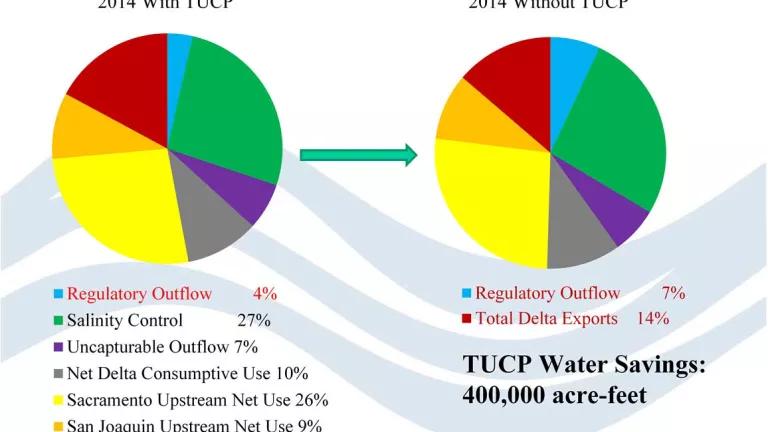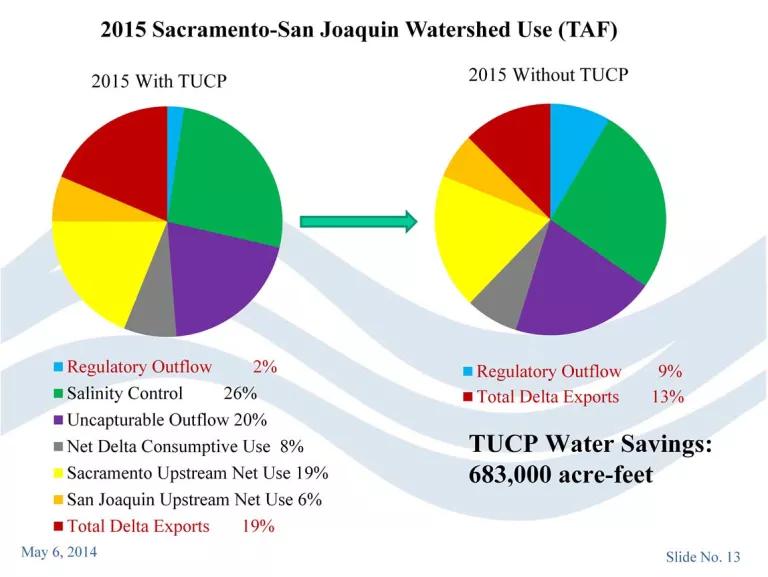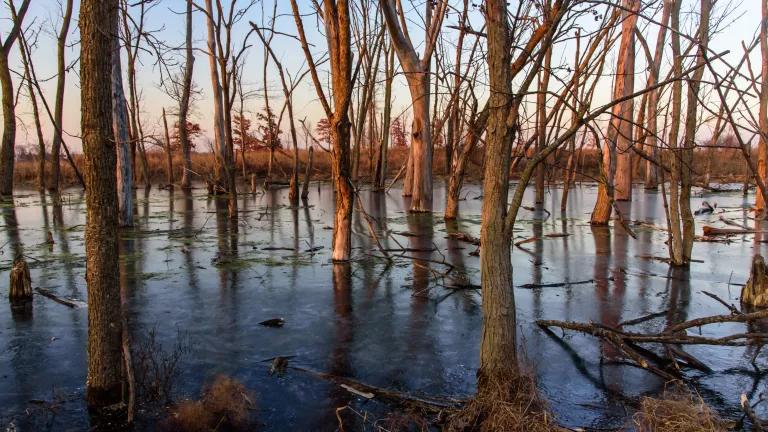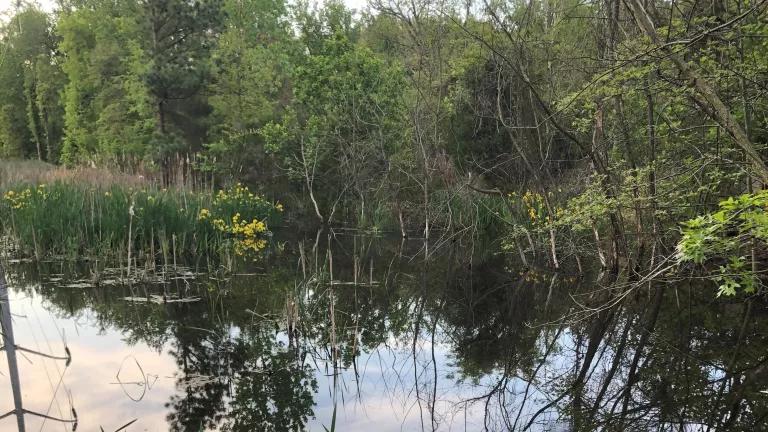
California is not just dragging its feet when it comes to updating and enforcing water quality standards for the beleaguered San Francisco Bay-Delta estuary. Instead, the State appears to be up to its neck in cement, paralyzed in its ability to enforce and update critical water quality standards for the largest and most important estuary on the west coast of the Americas. Despite requirements to update water quality standards every three years, the State has not meaningfully updated the standards for this estuary since 1995, and has not reviewed or updated them at all since 2006. In other words, the same water quality standards that led to the collapse of the Bay-Delta estuary and its fish and wildlife populations are still in place today. That's why a group of national and local conservation groups, including NRDC, Defenders of Wildlife, and The Bay Institute, sent a letter today asking the U.S. Environmental Protection Agency to take over the job of updating and enforcing safeguards for Bay-Delta water quality.
Nobody seriously questions the vital importance of maintaining water quality in the Delta, which is needed to protect drinking water quality for 25 million Californians, maintain the suitability of Delta water for irrigating more than 3 million acres of farmland, and sustain more than 700 species of fish and wildlife, including the salmon that form the backbone of the salmon fishery along much of the west coast. In fact, state law passed in 2009 directs the State to "improve water quality to protect human health and the environment consistent with achieving water quality objectives in the Delta" and to "restore the Delta ecosystem, including its fisheries and wildlife, as the heart of a healthy estuary and wetland ecosystem."
It's clear that the existing water quality standards aren't living up to these requirements. The Brown Administration's Water Action Plan acknowledges that "the status quo in the Delta is unacceptable and it would be irresponsible to wait for further degradation or a natural disaster before taking action." In 2010, the State Water Resources Control Board recognized that the "Delta is in ecological crisis" and that "[t]he best available science suggests that current flows are insufficient to protect public trust resources." In 2008, the Governor's Delta Vision Task Force acknowledged that, "A revitalized Delta ecosystem will require reduced diversions at critical times," and recommended that the State Water Board adopt new water quality standards by 2012 that increased spring Delta outflows, reintroduced fall outflow variability, and increased San Joaquin River inflows to the Delta in February to June.
Yet, despite these repeated acknowledgements that existing standards aren't protecting water quality, instead of updating and strengthening the standards, the State has instead waived and weakened them further. Since the State adopted the Water Action Plan in January of 2014, it has redirected more than one million acre-feet of water (enough water to supply the City of Los Angeles for about one and a half years) away from protecting Delta water quality to upstream and export water users:

The State's actions have brought us to the point today where several of the Delta's native species are nearing extinction - the delta smelt and winter-run chinook salmon, to name just two of the hardest hit - and invasive species and harmful algal blooms are exploding. These impacts threaten the thousands of jobs that depend on California's 150-year old salmon fishing industry and fishing communities up and down the coast. Toxic algal blooms like Microcystis pose a serious risk to drinking water quality and human health in the Delta; these are the type that shut down the water supply for the city of Toledo, Ohio in 2014, and that have caused the death of at least three dogs that jumped into northern California's waterways this year. The State predicts that toxic algal blooms will get worse in a climate-changed future if we don't take action now to address the problem.
But the State is at least six years behind schedule on completing an update of its water quality standards that is supposed to occur every three years. That's unacceptable and unlawful. What's worse, the State has delayed - yet again - the update of these standards in order to allow the State's proposal to build two massive new diversion tunnels on the Sacramento River to jump ahead in line. Never mind that it is impossible to determine, as the State Water Board must, how the tunnels would affect fish, wildlife, and other water users over the next several decades without knowing what water quality standards the tunnel operators will have to meet.
It's long past time that California took action to enforce and update water quality standards for the iconic San Francisco Bay-Delta. If the State can't do it, EPA must. Our health, welfare, and environment depend on it.
[1] Bay Delta Conservation Plan Revised DEIR/Supplemental DEIS at 4.3.21-10 ("Given the combined effects of restoration activities ..., climate change, and sea level rise on increased water residence time, as well as the effects of climate change on Delta water temperatures, it is possible that Microcystis blooms in the Delta would increase in frequency, magnitude, and geographic extent, relative to Existing Conditions.")



